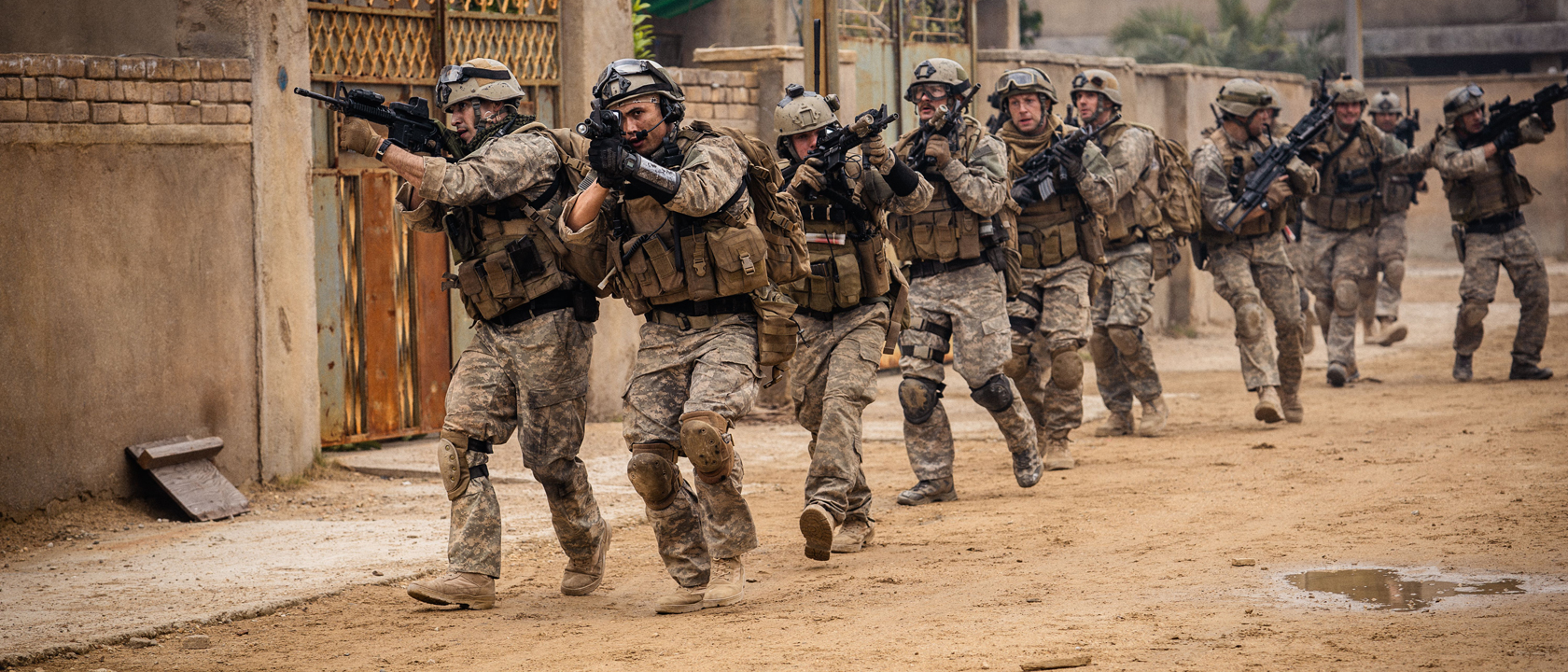John Krasinski's A Quiet Place has a lot of expectations to meet heading into its release. The film brought the house down at SXSW, creating the sense that Paramount had something special on its hands. However, even in the face of heightened anticipation, nothing could've prepared us for how good this film is. Using its simple concept for maximum effectiveness, A Quiet Place blends horror with drama, and the result is a near-perfect horror film that isn't just the best scary movie of 2018 so far; it is one of the best films of the year, period.
"It's sound!" That newspaper headline appears early in A Quiet Place, and it tells you everything that you need to know to get yourself up-to-speed on this universe. In a world overrun by seemingly unkillable monsters that hunt by sound, doing anything too loudly can quickly turn into a fatal error. However, while most of humanity seems to have been overtaken by the vaguely arachnid monsters (the creature design, coupled with John Krasinski's restraint, is top notch) a man (Krasinski), his wife (Emily Blunt), his son (Noah Jupe), and their deaf daughter (Millicent Simmonds) have carved out tenuous lives for themselves on a secluded farm. That's it. Now onto the terror.
The first thing that needs to be said about A Quiet Place is likely the thing that you will note as soon as the credits start to roll: it is scary. In fact, it's not just scary; it's scary as hell. John Krasinski seems to have found his calling as a filmmaker by embracing the horror genre, with slow-build tension punctuated by fantastic moments of unbridled terror. He takes his time paying off narrative seeds planted earlier in the film (the wait is well worth it) and seems to have a mastery of genre's nuances.
What's even more impressive is the fact that A Quiet Place does all of this without forcing any unnecessary twists and turns into the narrative. This is just a straight-up monster movie, albeit a skilled handled one. Of course, there are jump scares, but they feel earned in the context of the scenes that precede them, and the characters generally don't make irrationally stupid decisions that put their lives in jeopardy. The film treats its leads and its audience with respect, and the payoff is massive as a result.
It also doesn't hurt that A Quiet Place looks absolutely gorgeous as well. The film's rural setting has a distinct visual style reminiscent of movies like No Country for Old Men, with beautifully-composed shots of wide open spaces helping sell the vacant feeling of this world. Coupled with the fantastic set design (especially later in the film, when everything gets drenched in a blood-red glow) and A Quiet Place delivers a visual atmosphere that's pretty much unparalleled.
Another notable element of John Krasinksi's storytelling lies in how much the first-time horror filmmaker manages to convey nonverbally. A Quiet Place handles its exposition with a deft hand, mainly allowing context clues and written messages to get us up to speed on the nature of the world. Even the dialogue (sparse as it is) mostly occurs without characters speaking to one another; the characters use American Sign Language to communicate (the unexpected benefit of having a deaf daughter in this world), and the film mostly plays out like a silent film from start to finish.
Whether intentional or not, the emphasis on avoiding traditional dialogue and speech has the added effect of giving the scenes in which characters speak far more power. Every member of the A Quiet Place ensemble delivers a scene-stealing performance, but the film's premise-based need to keep its characters from speaking gives Krasinski and Blunt a few key scenes in which they can finally unload the emotion built up from long periods of silence. It's about as rough and raw as cinematic catharsis can get.
That might actually be the most beautiful thing about A Quiet Place. Sure, it's a movie fraught with tension and suspense from the very first frame, but it also offers up something substantive for audiences to think about long after they have seen the movie. In the same way that film a film like The Babadook addressed the concept of grief, or how Get Out shined a light on racism in modern America, so too does A Quiet Place offer up a fascinating look at the struggles of parenting and keeping a family together in the face of adversity. There's a palpable thematic richness to the movie that elevates it above even the best surface-level thrillers, and it helps give A Quiet Place far deeper emotional core than the traditional horror romp.
Gripping, earnest, and nail-bitingly tense, John Krasinski's first foray into genre filmmaking is a master-class instant classic that every horror fan needs to see. Scary movies have seen a notable uptick in recent years, and A Quiet Place arguably represents the apex of that upward trajectory. Just don't make a sound when you sit down in your theater.
Originally from Connecticut, Conner grew up in San Diego and graduated from Chapman University in 2014. He now lives in Los Angeles working in and around the entertainment industry and can mostly be found binging horror movies and chugging coffee.
How Gina Carano Just Scored A Legal Victory In Her Ongoing Lawsuit Against Disney And Lucasfilm
S.W.A.T. Showrunner Explains Why The Series Finale Won't Be A Big Event Episode, And I Think It's Both Understandable And Disappointing
Blake Lively Said No To The Met Gala (Allegedly) Before Justin Baldoni Drama, And Now Another Star ‘Mired In Controversy’ Is Skipping Too











